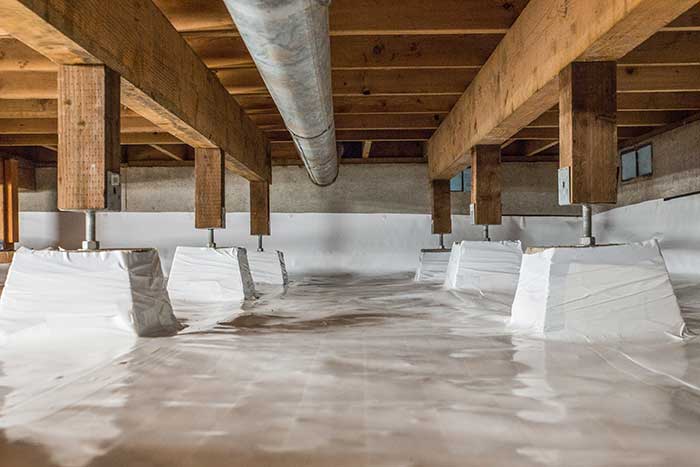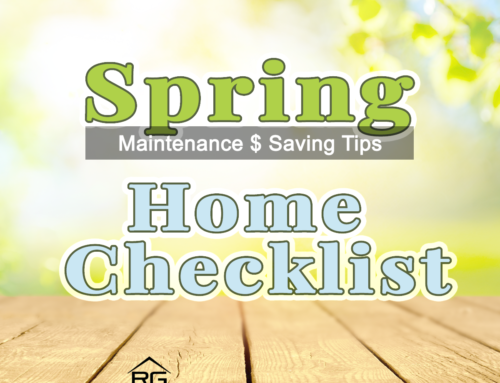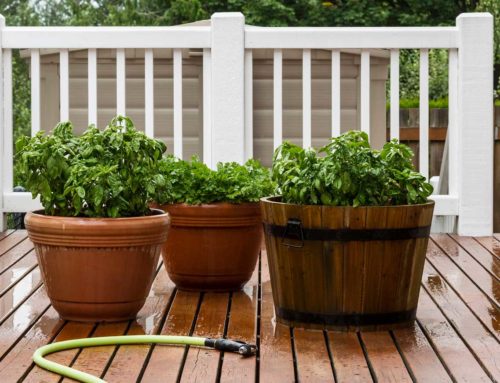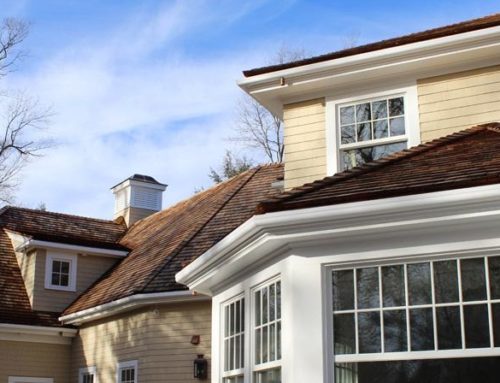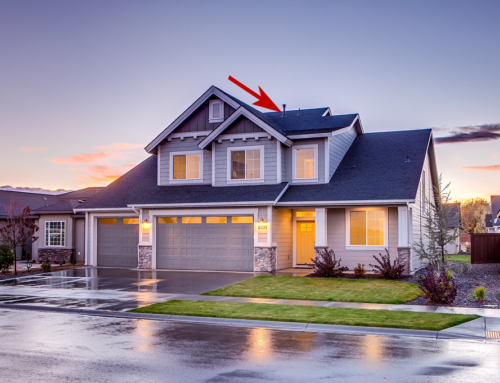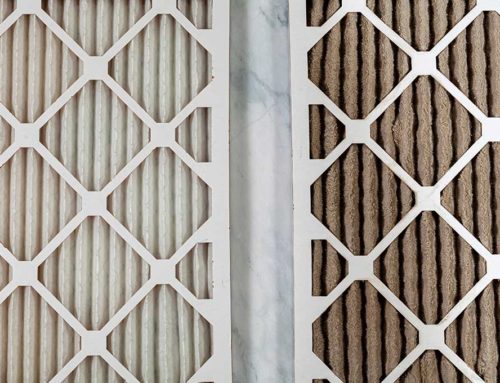CCrawl Space, Two Cents Worth, Home Maintenance Tip #4
Your home’s crawl space, if you have one, is a major item to check for good home maintenance. Many homeowners have never been in their crawl space and might not even know where it is. If your crawlspace is left unchecked, the cost to repair may be a lot of money to fix. If a problem is caught in time it is fairly easy and cheap to fix. No one likes to check under the house but it’s an item that needs to be maintained and checked at least every quarter.
Crawl Space Enemy #1
The enemy to your crawl space is water. Any kind of moisture in your crawl space will create mold. It can start to deteriorate any wood. It will also attract pests such as bugs and small animals. All of these factors will work hard to break down your home’s foundation. The way to stop all of this is to remove any and all moisture.
Vapor Barrier
If you have a crawl space in your home you’ll want to make sure you have a water barrier properly installed in it.
Your crawl space is out of site but should not be out of mind. A water barrier, or vapor barrier needs to be properly installed in your crawl space to avoid air quality issues such as the infusion of allergens and harmful gases such as radon into your living space. To much moisture in your crawl space will breed mold, dust mites, insects and other pests. Without a moisture barrier harmful gases are free to flow upward.
In any building, air naturally flows from below and pushes upward. 40% of the air in a home comes from below whether that’s your crawl space or basement.
A vapor barrier helps stop the flow of air and reduces the temperature which prevents mold and micro organism growth.
The average cost of installing a crawl space moisture barrier varies with the square footage and location but it typically $10k to $30k. If your not afraid of getting dirty you can also attempt to install it yourself.
Whether you decide to install it yourself or hire a professional, make sure this is something that either has already been installed and is in good condition or gets installed to avoid major house foundation and air quality issues. If moisture is left unchecked in the foundation of your home you could not only have a large amount of allergens in your homes air but your house foundation may be compromised leading to cracks and erosion.
It’s better to be safe then sorry when it comes to your house foundation.
Close Crawl Space Vent
Plan to close up your crawl space vent at the end of the summer. In the South this is when the temperatures start to level off and decrease. The summer heat will taper off and we can kiss humidity good-bye at least for a season. Once you feel confident that the hot season is over be sure to visit your crawl space to close up the vent. This often neglected and forgotten part of your home does need attention now and then to help keep the foundation of your home dry and in good condition.
If you don’t have vents installed on your crawl space now is a good time to add them. They are usually required by building codes and will save you money.
Crawl space vents are left open in the summer to reduce mold by allowing outside air to flow. During the winter you will want to close them to prevent pipes from freezing and bursting. In addition to the vent you will want to add some foam blocks during the cold months to prevent your pipes from freezing much like you do with your outside hose spigots.
Once Spring re-appears you will need to remove the foam blocks, open the vent and make sure you have screens installed. This helps prevent mice and other animals that like to try to make their home under your house.
Automatic Vents
If you’re the type that likes to set up something once and forget about it, there are a few options. You may want to consider installing some automatic vents that open and close based on the outside temperature. This however, will not relieve you of the winterizing task of placing the foam block so don’t forget about that.
Another option to take into consideration is closing off your vents permanently. Many contractors believe this is the best way to control the humidity level and temperature of your crawl space. In addition to this you may want to consider installing a vapor barrier, sump pump and dehumidifier. Crawl spaces that are contained and controlled save an average of 15% on energy consumption. So, if you want to eliminate the maintenance of your crawl space vent altogether and save the most money on your energy bill, this would be the path to take.
If you’re tired of repairing and fixing your old home and finally want to have a new custom home built, be sure to call RG Builders to get started >

